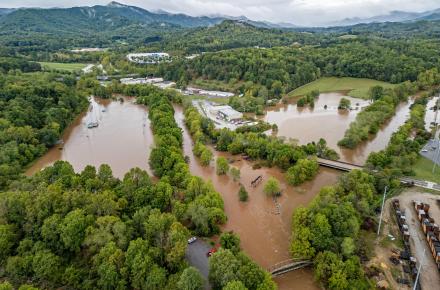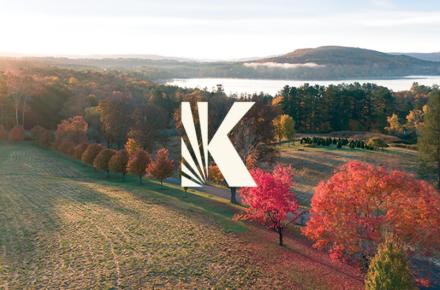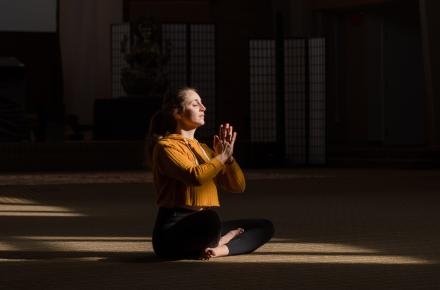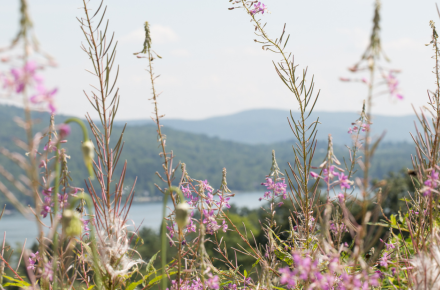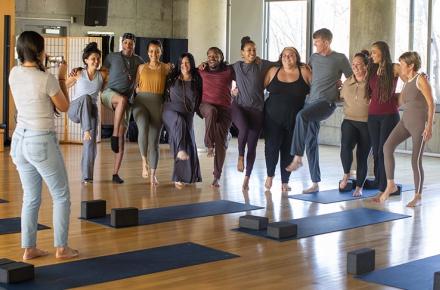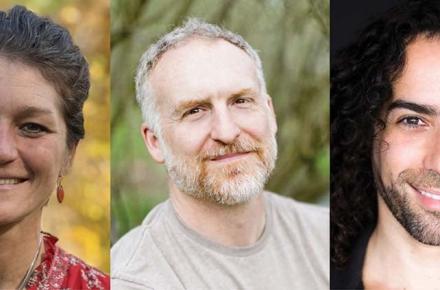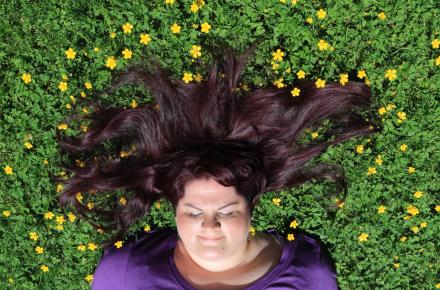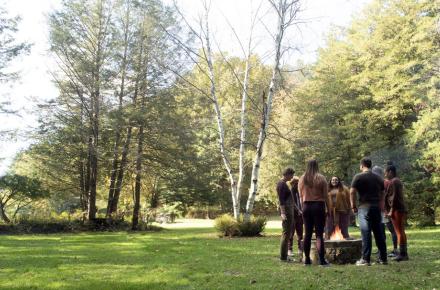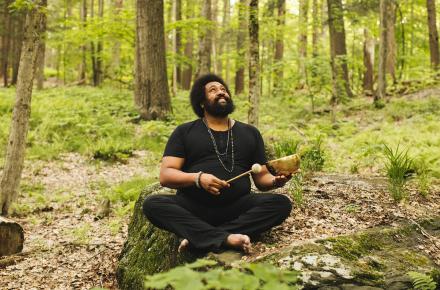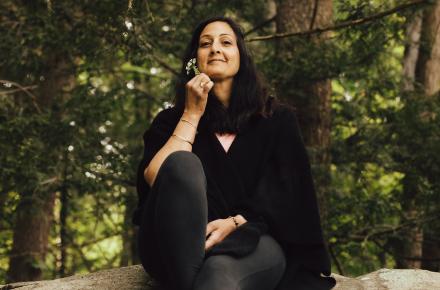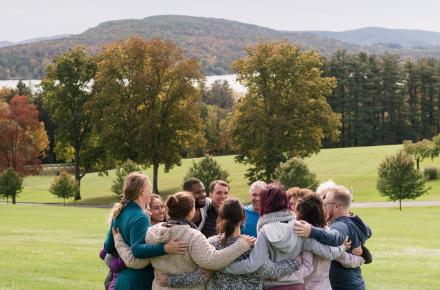Using the D Word: Embracing Death as Life’s Strongest Medicine

I started to offer death education programs for the public about 10 years ago. My years of hospice work had taught me that preparing for death took a lifetime. It had to start long before the final weeks.
I called my first program Planning on Dying. I hoped to help people contemplate mortality and claim a role in their own dying process. I called another program for somatic practitioners “The Core of Dying,” and later taught college classes on death and dying. Each of these offerings were strong medicine that changed lives before my eyes. Eventually, as my work took me deeper, I facilitated programs on life exploration in programs called The Art of Dying and Integrative Thanatology, and presented at conferences and training institutes.
Over the years, as I have asked friends, family, and enlightened souls for feedback on what I am doing, I will often hear responses like these: “Do you have to use the words ‘death’ or ‘dying’ in your title? Can’t you just say ‘end of life,’ ‘passing on,’ ‘crossing over’?” “Can’t you talk about life, not death?” “Can’t you somehow be more reassuring in your title?” “Can you bring in sex?” “Can you make it entertaining?”
I get it that the “D words” will instantly drive people away in droves if I use them, much like a leaf-blower on an autumn driveway. Death doesn’t sell. Every marketer knows this.
I have been stunned at the consistency of these remarks over the years, the creativity of the euphemisms for death, and the truth of the resistance that the D words bring about. Obviously I didn’t take this advice. I use the words. And then I wrestle with the question: Why is death so hard to say? Or, perhaps more accurately, so hard to hear?
Of course, now I have many more answers to that question than I did in my first years of “Death Ed.” I know that we Americans deny the facts and the processes in our life and culture, and this denial is a silent and solemn pact between us. As a result, when death comes, it is most often experienced as a foreign and traumatic event. It is rarely a simple and beautiful process to be supported, celebrated, and enjoyed, no less than a first birthday or a graduation. The ICU and organ harvesting have not made this process any friendlier.
I now know that psychological research shows how existentially anxious we are as a species in our time, and how this unconscious fear animates much of human behavior. I know that this fact has been linked to racial and religious hatred and human violence. Death, in other words, is the big elephant in the room of our human psyche. I know that we protect our psyches from things that seem too large.
I also see that we generally make two faulty correlations:
- Death, pain, and trauma are the same thing. Death can include trauma and pain, and there has been a lot of traumatic death in history—but because Hollywood and the internet make a lot of money obsessively recreating these now fairly atypical deaths.
- Life and death are opposites. This pervasive assumption is seen in the way that these two words are commonly paired as opposites: “Life and death,” “life or death,” “end of life,” etc. We sometimes correct ourselves at bedsides or wakes by remembering a deeper truth: “Death is part of life.”
But here is the most important thing I have learned about teaching death: Even though speaking directly of death can evoke fear, denial, resistance, and hostility, learning about death heals the very wounds from which our fear emanate. Time and again, class after class, I have seen that death education opens hearts, fosters unusually deep bonds between unlikely friends, and offers relief for existential distress.
What is most feared seems to be the deepest, and safest, medicine on the planet, especially in a time of epidemic loneliness and existential anxiety. And so I teach using the D word, challenging people to come forward for a much-needed renewal of life. Because death is not, after all, the opposite of life—any more than rain is the opposite of water. It is one of life’s most essential healing processes. Life, as far as I can see, is a constantly pulsing, expanding, and contracting energy that has no opposite.
Death does not sell. That is, until its teachings are so necessary that we can’t look away. In this moment of our great, collective, existential spasm, I offer this reflection so that our relationship with death may be healed and its teachings received. I bring up the D words so that they can be restored to a place of dignity, and associated with words like lightness, ease, delight, and joy. Pain may be involved with death, but also ecstasy and transformation. I write and teach that we can see death in its true and necessary place in the dance of life. And how deeply we each need its teaching—now more than ever.
Find out more about upcoming programs with Jeanne Denney at Kripalu.
This article is adapted from a post that appeared on Jeanne’s website.









